I am exporting a file via a http get response, using ASP.NET Web API. For that, I am returning a FileContentResult object, as in:
return File(Encoding.UTF8.GetBytes(fileContents.ToString()), "text/plain; charset=UTF-8");
After several minutes stucked with encoding issues, I use google's Advanced REST Client to perform the get to the web api controller's action, and the file is being download just ok.
Well, not exactly. I originally wanted it to be sent/downloaded as a .csv file. If I set the http request content-type to "text/csv" and the File() call sets the response's content type to "text/csv" just as well, Advanced REST Client will show the contents properly, but excel will open it as gibberish data.
If I simply change the content-type to "text/plain", save it as a .txt file (have to rename it after saving, don't know why it is being saved as _.text-plain, while as a csv it is being saved with .csv extension), and finally perform an import in Excel like described here Excel Import Text Wizard, then then excel opens the file correctly.
Why is the .csv being opened as gibberish, while as a .txt it is not ? For opening a .csv, there is no import wizard like with a .txt file (not that I am aware of).
Providing a bit of the source below:
StringBuilder fileContents = new StringBuilder();
//csv header
fileContents.AppendLine(String.Join(CultureInfo.CurrentCulture.TextInfo.ListSeparator, fileData.Select(fileRecord => fileRecord.Name)));
//csv records
foreach (ExportFileField fileField in fileData)
fileContents.AppendLine(fileField.Value);
return File(Encoding.UTF8.GetBytes(fileContents.ToString()), "text/plain; charset=UTF-8");
As requested, the binary contents of both files.
The text-plain (.txt) version (the one that will open in excel, using import):

and the .csv one (the one that excel will open with junk data):

The (files are the same, the cropping of the screen shots was not the same...)